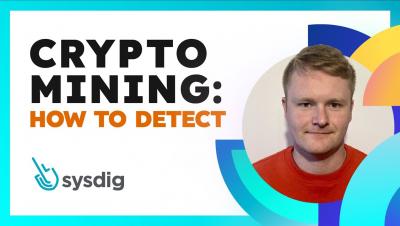How to scale your digital asset or crypto operations
Day-to-day crypto and digital asset operations is one of the most important and business-critical functions for any company working with digital assets – whether you’re a fintech, web3 company, bank or OTC desk. A well-executed crypto operation is one where you have 24/7 access to funds, and can be sure assets are secure at all times, whether they’re in storage or in motion.











